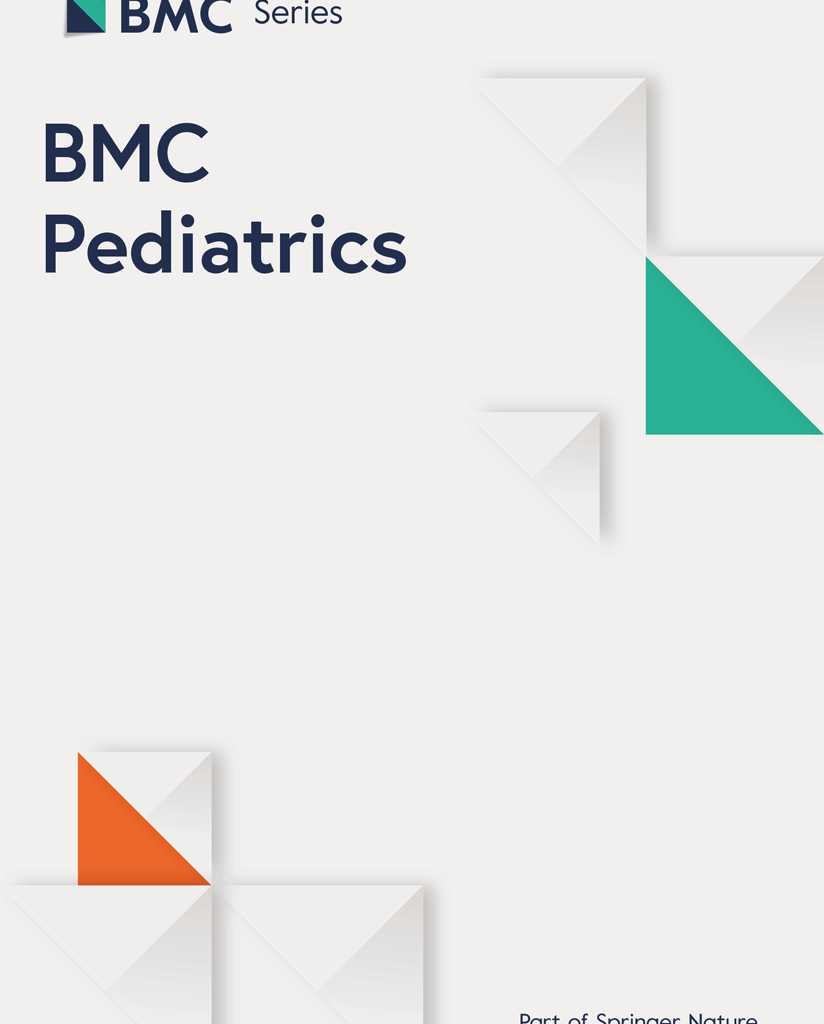Aronson PL, Thurm C, Alpern ER, Alessandrini EA, Williams DJ, Shah SS, et al. Variation in care of the febrile young infant < 90 days in US pediatric emergency departments. Pediatrics. 2014;134(4):667–77.
Ramgopal S, Walker LW, Tavarez MM, Nowalk AJ, Vitale MA. Serious bacterial infections in neonates presenting afebrile with history of fever. Pediatrics. 2019;144(2):e20183964.
Greenfield BW, Lowery BM, Starke HE, Mayorquin L, Stanford C, Camp EA, et al. Frequency of serious bacterial infections in young infants with and without viral respiratory infections. Am J Emerg Med. 2021;50:744–7.
Byington CL, Enriquez FR, Hoff C, Tuohy R, Taggart EW, Hillyard DR. Serious bacterial infections in febrile infants 1 to 90 days old with and without viral infections. Pediatrics. 2004;113(6):1662–6. https://doi.org/10.1542/peds.113.6.1662.
McCulloh RJ, McDaniel LM, Kerns E, Biondi EA. Prevalence of invasive bacterial infections in well-appearing, febrile infants. Hosp Pediatr. 2021;11(9):e184-188.
Tsai SJ, Ramgopal S. External validation of an invasive bacterial infection score for young febrile infants. Hosp Pediatr. 2021;11(3):239–44.
Ramgopal S, Walker LW, Vitale MA, Nowalk AJ. Factors associated with serious bacterial infections in infants ≤ 60 days with hypothermia in the emergency department. Am J Emerg Med. 2019;37(6):1139–43.
Kuppermann N, Dayan PS, Levine DA, Vitale M, Tzimenatos L, Tunik MG, et al. A clinical prediction rule to identify febrile infants 60 days and younger at low risk for serious bacterial infections. JAMA Pediatr. 2019;173(4):342–51.
Baker MD, Bell LM, Avner JR. Outpatient management without antibiotics of fever in selected infants. N Engl J Med. 1993;329(20):1437–41.
Aronson PL, McCulloh RJ, Tieder JS, Nigrovic LE, Leazer RC, Alpern ER, et al. Application of the Rochester criteria to identify febrile infants with bacteremia and meningitis. Pediatr Emerg Care. 2019;35:22–7.
Baskin MN, O’Rourke EJ, Fleisher GR. Outpatient treatment of febrile infants 28 to 89 days of age with intramuscular administration of ceftriaxone. J Pediatr. 1992;120:22–7.
Teach SJ, Fleisher GR. Efficacy of an observation scale in detecting bacteremia in febrile children three to thirty-six months of age, treated as outpatients. J Pediatr. 1995;126(6):877–81.
Galetto-Lacour A, Zamora SA, Andreola B, Bressan S, Lacroix L, Da Dalt L, et al. Validation of a laboratory risk index score for the identification of severe bacterial infection in children with fever without a source. Arch Dis Child. 2010;95:968–73.
Noorbakhsh KA, Ramgopal S, Rixe NS, Dunnick J, Smith KJ. Risk-stratification in febrile infants 29 to 60 days old: a cost-effectiveness analysis. BMC Pediatr. 2022;22(1):79.
Luaces-Cubells C, Mintegi S, García-García J-J, Astobiza E, Garrido-Romero R, Velasco-Rodríguez J, et al. Procalcitonin to detect invasive bacterial infection in non–toxic-appearing infants with fever without apparent source in the emergency department. Pediatr Infect Dis J. 2012;31(6):645–7.
Gomez B, Mintegi S, Bressan S, Da Dalt L, Gervaix A, Lacroix L. Validation of the step-by-step approach in the management of young febrile infants. Pediatrics. 2016;138(2):e20154381.
Velasco R, Gomez B, Benito J, Mintegi S. Accuracy of PECARN rule for predicting serious bacterial infection in infants with fever without a source. Arch Dis Child. 2021;106(2):143–8.
Park JS, Byun YH, Lee JY, Lee JS, Ryu JM, Choi SJ. Clinical utility of procalcitonin in febrile infants younger than 3 months of age visiting a pediatric emergency room: a retrospective single-center study. BMC Pediatr. 2021;21(1):109.
Al-Mously N, Azizalrahman A, Al Harbi TM, Altamimi SA. Molecular epidemiology of respiratory viruses in febrile infants under 90 days attending pediatric emergency department. Am J Infect Dis Microbiol. 2016;4:35–40.
Bonilla L, Gomez B, Pintos C, Benito J, Mintegi S. Prevalence of bacterial infection in febrile infant 61–90 days old compared with younger infants. Pediatr Infect Dis J. 2019;38(12):1163–7.
Subcommittee on Urinary Tract Infection, Steering Committee on Quality Improvement and Management, Roberts KB. Urinary tract infection: clinical practice guideline for the diagnosis and management of the initial UTI in febrile infants and children 2 to 24 months. Pediatrics. 2011;128(3):595–610.
Pantell RH, Roberts KB, Adams WG, Dreyer BP, Kuppermann N, O’Leary ST, et al. Clinical practice guideline: evaluation and management of Well-Appearing febrile infants 8 to 60 days old. Pediatrics. 2021;148(2):e2021052228.
Woll C, Neuman MI, Pruitt CM, Wang ME, Shapiro ED, Shah SS, et al. Epidemiology and etiology of invasive bacterial infection in Infants ≤ 60 days old treated in emergency departments. J Pediatr. 2018;200:210–7.
Bellini T, Papa R, Calevo MG, Fueri E, Caruggi S, Bonato I, et al. Repeated inflammatory markers may be useful for assessing febrile infants aged 29–90 days during early hospital surveillance. Acta Paediatr. 2023;112(5):1056–7.
Gupta N, Richter R, Robert S, Kong M. Viral sepsis in children. Front Pediatr. 2018;6:252.

